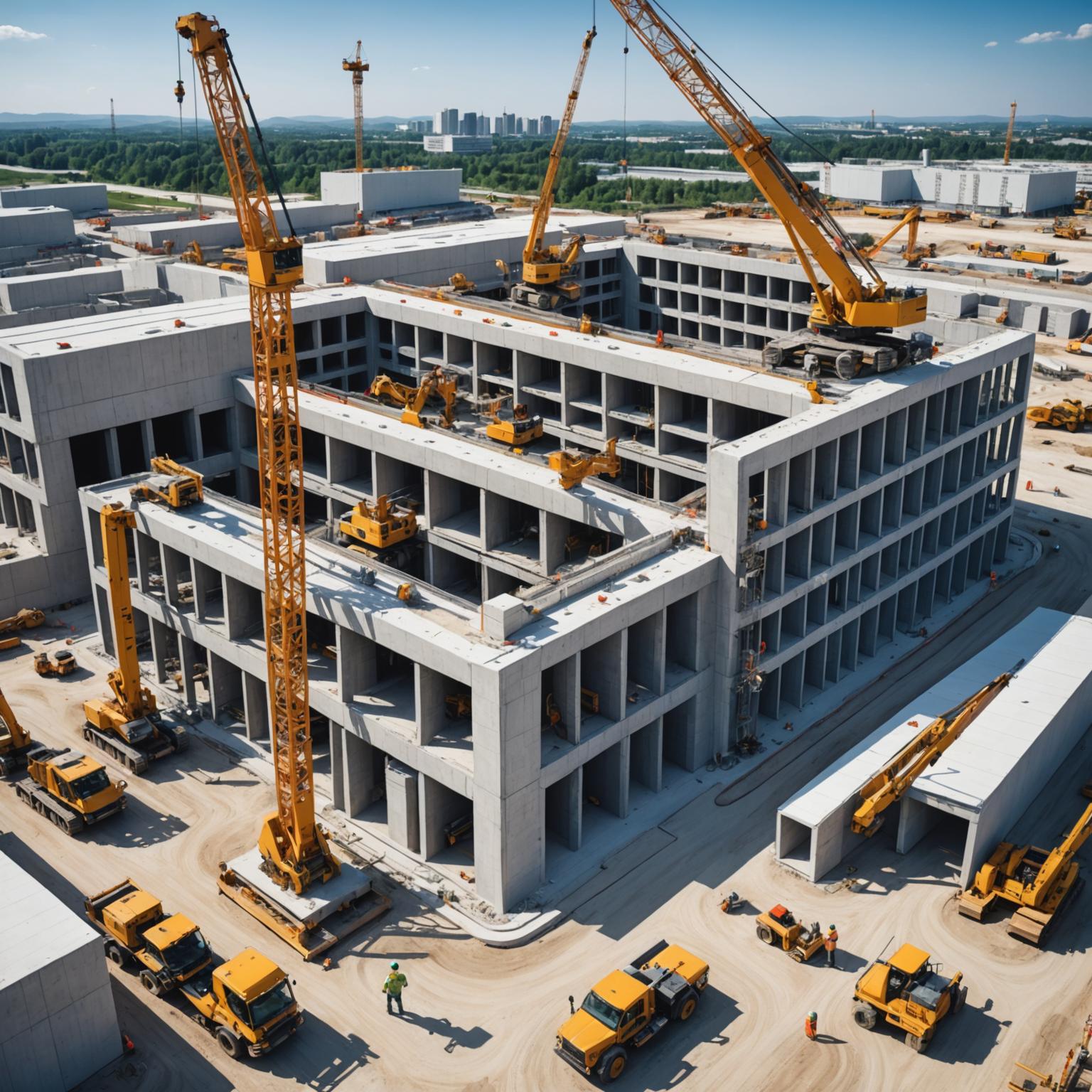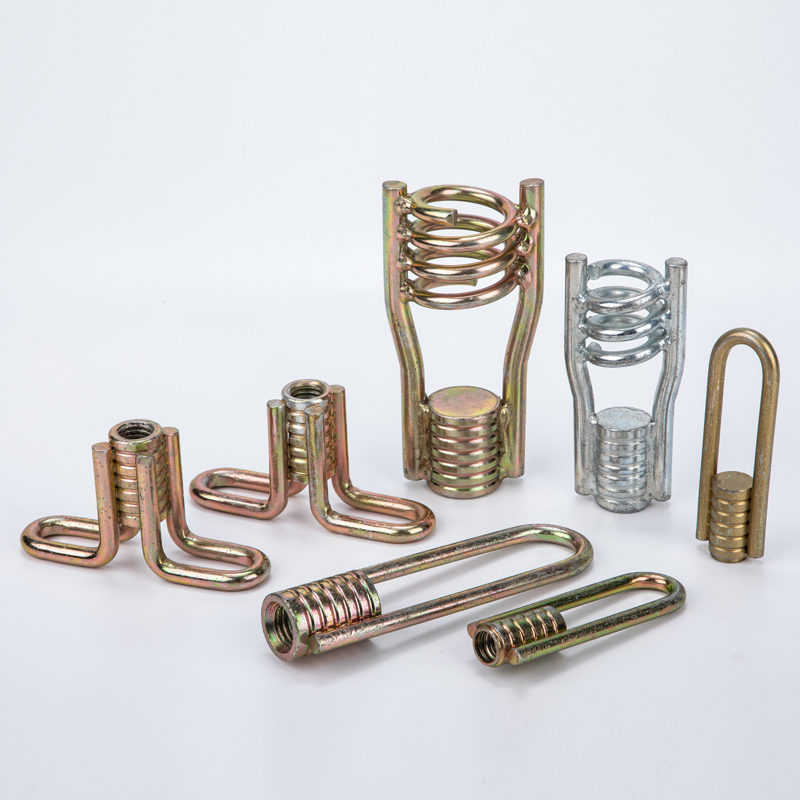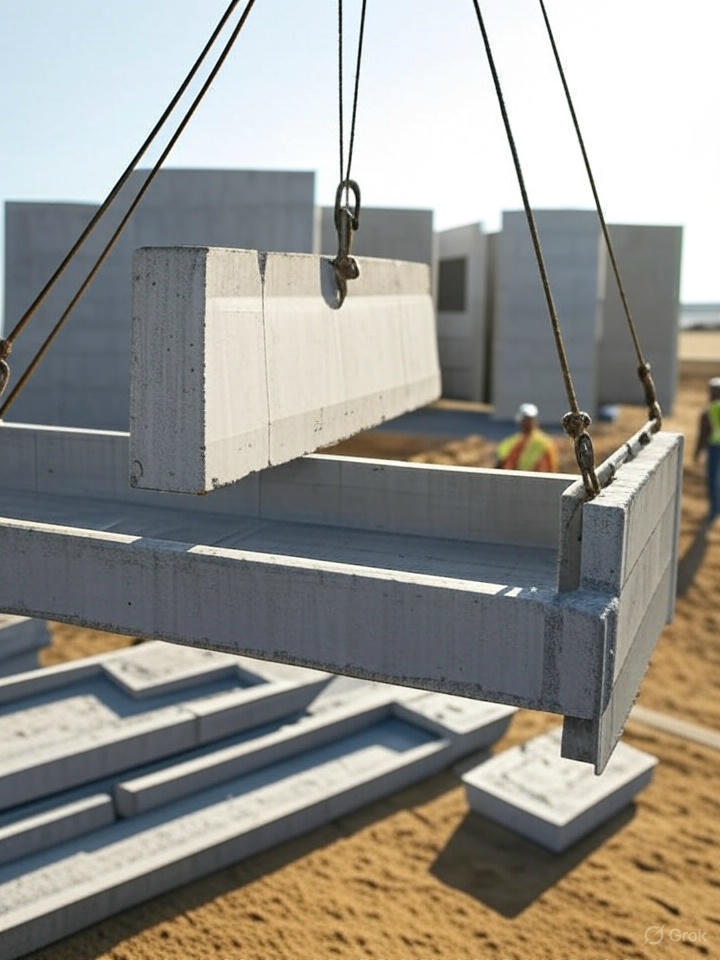Frequently Asked Questions About Concrete Lifting Inserts
Welcome to our FAQ guide on the essential components used in precast concrete construction. Understanding the proper use and selection of hardware is critical for both safety and efficiency on the job site. This guide will answer common questions about the coil lifting insert, a vital piece of hardware for safely handling concrete elements. We will explore different types of inserts, their applications, and best practices for their use in your construction projects.
What is a Coil Lifting Insert and How is it Used?
A coil lifting insert is a high-strength steel anchor embedded in precast concrete elements like walls, panels, or beams before the concrete cures. Its primary function is to provide a reliable and secure threaded connection point for lifting and handling. The insert features a helical coil design that allows a corresponding coil bolt to be screwed in, which is then attached to cranes or other lifting equipment. They are essential for safely moving heavy concrete sections from the casting bed to transport vehicles and finally into their permanent position on the construction site. Proper installation, ensuring the insert is set to the correct depth and location within the formwork, is crucial for achieving its specified load capacity.
What Makes a Double Flared Coil Loop Insert Different?
While standard coil inserts are highly effective, certain applications demand even greater strength and pull-out resistance. This is where the double flared coil loop insert comes into play. As its name suggests, this specialized insert features two loops that are flared outwards at the bottom. This unique design significantly increases its anchorage within the concrete. The flares create a larger cone of resistance, distributing the lifting forces over a wider area. This makes the double flared coil loop insert an ideal choice for thin-slab applications, elements with lower concrete compressive strength, or any situation where maximum tensile and shear capacity is required to prevent concrete failure during a lift.
What is a Strut Coil Tie and Is It for Lifting?
It's important to differentiate between lifting hardware and formwork hardware, although they may share similar 'coil' components. A strut coil tie is not used for lifting. Instead, it is a key component of concrete forming systems. A strut coil tie is typically used with coil rods and cones to secure and space formwork panels, ensuring that the forms do not bulge or shift under the immense pressure of wet concrete. It helps maintain the desired wall thickness and structural integrity of the pour. While it is a critical part of the pre-pour setup, it is not engineered or intended to handle the dynamic loads associated with lifting a cured concrete element.
What are the Most Important Safety Precautions?
Safety is paramount when working with heavy precast concrete. First, always ensure the lifting hardware, such as the coil bolt, perfectly matches the size and type of the embedded coil lifting insert. Never mix and match components. Before every lift, visually inspect the insert for any signs of damage or debris in the threads, and check the lifting bolt for wear. Critically, never exceed the manufacturer's specified Safe Working Load (SWL) for the insert. It's also vital to confirm that the concrete has reached its required design compressive strength (PSI) before attempting any lift. Avoid any sudden jerking motions or shock loading, and be mindful of lift angles, as side-loading can dramatically reduce the insert's capacity.
How Do I Select the Correct Insert for My Project?
Choosing the right insert depends on several factors. The engineering or project plans will typically specify the required type. Key considerations include the total weight of the concrete element, the thickness of the panel, and the specified concrete strength at the time of the lift. You must also consider the number of lifting points; dividing the total weight by the number of inserts will give you the load per insert. For thinner panels or when higher load capacity is needed, selecting a double flared coil loop insert may be necessary. Always consult the manufacturer's technical data sheets, which provide detailed information on load capacities, required edge distances, and proper installation depths for each insert type.







